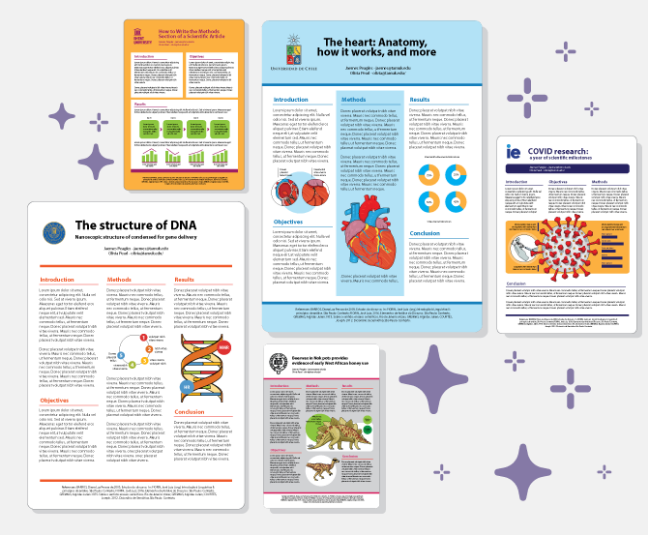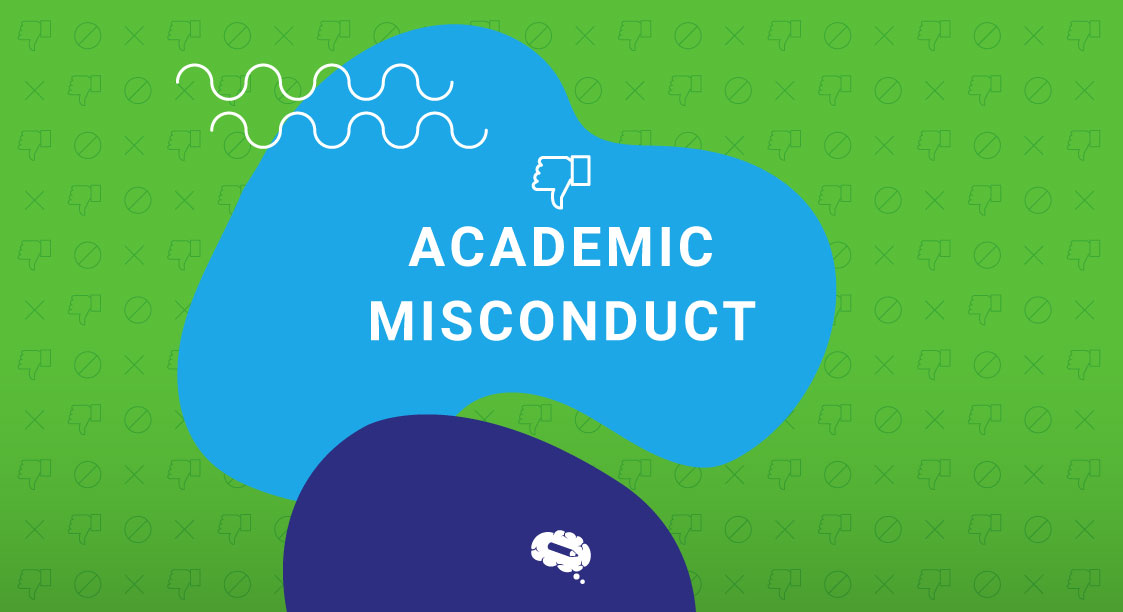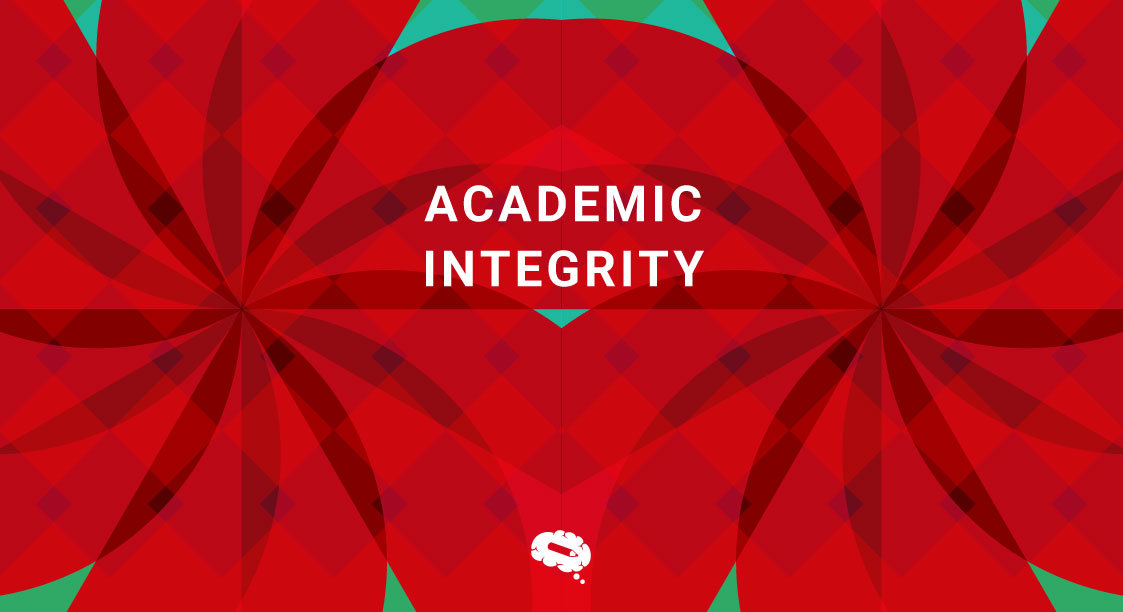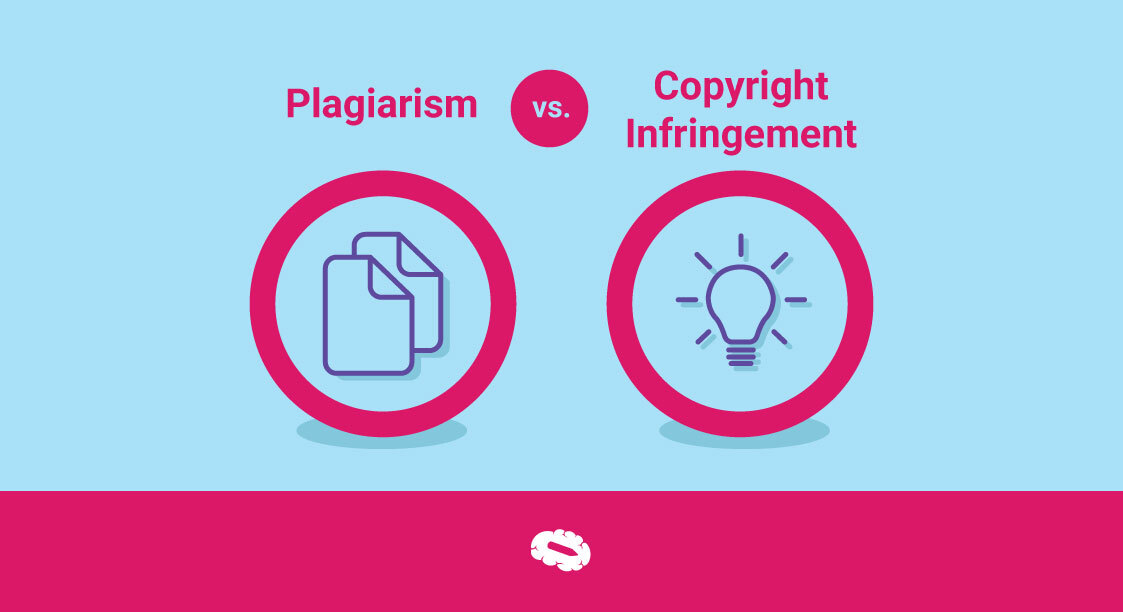Any professional field has drawbacks, and sadly, misconduct may occur. The scientific and academic fields are no exception, and there are several scenarios in which one might unfairly acquire an advantage.
One of these situations is academic misconduct. Academic misconduct is a serious problem, and receiving punishment for this type of behavior or actions might have a significant influence on one’s professional development.
This article will go into academic misconduct in further detail, including definitions and the different types. Keep reading in order to fully acknowledge it in order to avoid it in your personal career, as well as maintain a closer eye and identify misconducts quickly.
What is Academic Misconduct?
Academic misconduct is defined as any activity or attempted act that may lead to an influence on students/researchers to achieve unfair advantage or disadvantage for oneself, another individual or individuals of the academic community. This involves a wide array of actions such as cheating, plagiarism, manipulating academic documents or transcripts, getting access to information before they are meant to be accessible or helping a colleague to have an advantage over the others.
Academic misconduct can take several forms, such as:
Plagiarism
Plagiarism is described as the use of intellectual content created by another individual without citing the source, such as copying sections of someone’s work, using someone’s concepts or ideas, paraphrasing a unique section, combining different types and sources of work to build your own and many more.
Read our article “Plagiarism: What You Should Know and The Best Ways To Prevent It” to understand more about the different types of plagiarism, as well as how to avoid it.
We must not mistake Plagiarism for Copyright Infringement. Plagiarism applies to all creative works, but Copyright Infringement occurs only when the copyright protection of a work is violated.
Also, read the article “Plagiarism vs. Copyright Infringement” to understand more about the differences between the two types of misconduct.
Cheating
Cheating is defined as obtaining or providing information or materials that will be used to establish academic credit, such as:
- Taking unapproved information into the test. This can contain notes, papers, or non-permitted equipment (mobile or calculator, for instance);
- Copying from another individual’s assignment or exam;
- Enabling someone to take a copy of your assignment or exam;
- Interacting with another individual throughout the exam;
- Having someone else take the exam for you;
- Obtaining advance access to test questions.
Collusion
Collusion occurs when more than one individual participates in a work that is supposed to be submitted as an individual’s work.
False Academic Record or Document
This usually applies to information and documents presented with an application. If the individual modified, omitted or forged any form of a document, the admission might be withdrawn. Forging doctor’s notes is also misconduct of the kind of false document.
Buying Assignments
Paying someone or buying a ready-to-go assignment is considered academic misconduct and it is called contract cheating, often known as ghostwriting, which is a kind of impersonation in which an individual engages a third party to accomplish work on their behalf.
Research Misconduct
Research misconduct can happen in circumstances where a researcher is carrying out a research project or publishes an outcome from a research study. In this context, research misconduct may include the following behaviors:
- Fabrication or falsification of results;
- Erroneous authorship attribution;
- Inability to disclose and manage conflicts of interest;
- Falsification or distortion in order to secure funding money;
- Endangering human lives, animals or the environment;
- Violating the institution’s policies;
- Inability to appropriately handle research funds.
Integrate Information and Illustrations Into Beautiful and Impactful Slides
Start incorporating great infographics and wonderfully crafted illustrations into your slide presentations if you want your work to be completely unique and high-level. An infographic or illustration can help your audience understand your work more easily and will undoubtedly boost its originality. The way you present your data is important; utilize Mind The Graph to do so brilliantly.


Subscribe to our newsletter
Exclusive high quality content about effective visual
communication in science.




